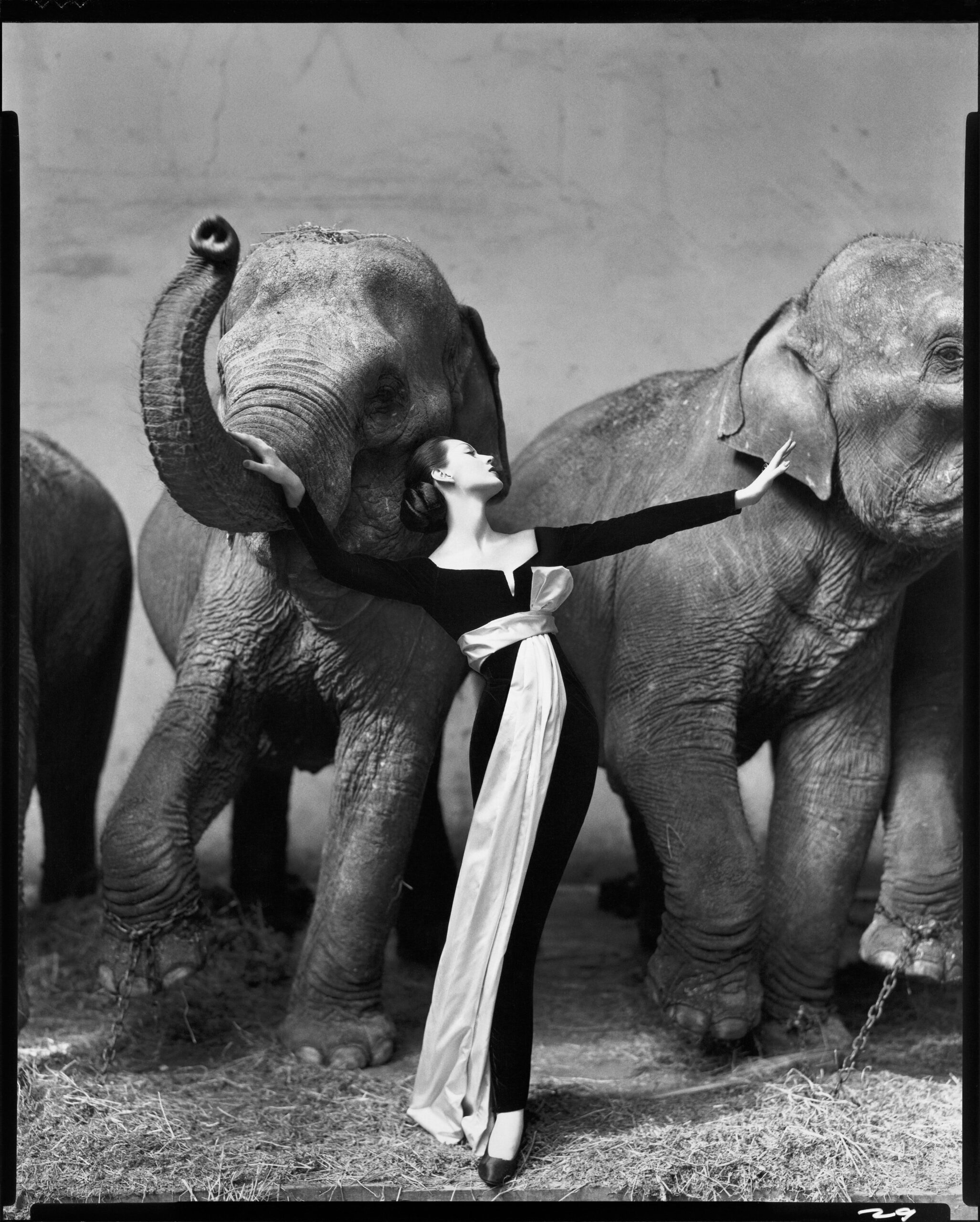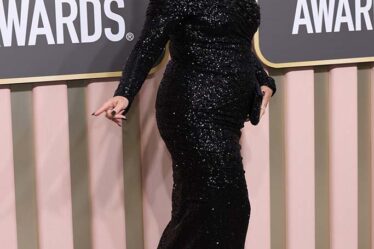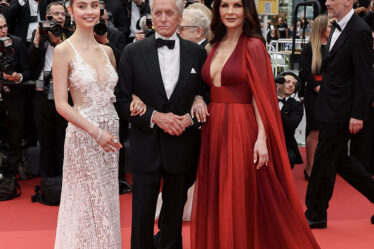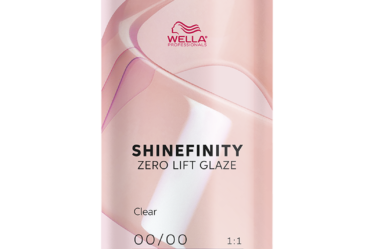
“People who you’ve read about or know about – there they are looking right at you.” Art curator Kara Vander Weg is talking with me about global art gallery Gagosian’s major new Richard Avedon retrospective, in which 150 individuals – ranging from the younger Barbara Bush to Khloé Kardashian to Spike Lee to Elton John to Renata Adler to Vander Weg herself – each selected a single Avedon photo to celebrate. She’s explaining the intimacy that she believes sets Avedon’s photos apart. “His subjects are looking right at you, and you can look right at them. You can’t help but react to the human right there in front of you.”
Avedon was monumental for the size of his photos, which tended to be printed in life-size or larger, leading to the effect that Vanger Weg described, where viewers can look right at his subjects and have an encounter that feels extremely intimate. “It’s a really interesting relationship between art and the viewer,” she told me. “Avedon must have known. He would work for months and months with models trying to find the right sizes of images. He must of known that humans in the room would relate to the images in a really special way. That’s what it is about these photographs, you’re looking in the eyes of another person. You can’t help but connect.”
In addition to being monumental for his size, Avedon was also monumental for his range – from heads of state to celebrities to art creators, fashion models, writers, musicians and even a beekeeper, his output feels almost impossibly capacious. “He spanned so many different genres,” said Derek Blasberg, another curator with Gasgosian who has been integral in putting together Avedon 100. “He shot almost every important figure of the second half of the 20th century.”
Showing from 4 May through 24 June, Avedon 100 will dominate Gagosian’s gallery space in New York’s Chelsea district. The show does feel enormous, with showstoppers from one area after another, be it politics, fashion, film, literature, street scenes and music. “What is awesome about this show is that it’s an enormous look at all of Avedon,” said Blasberg. “It spans from the earliest days of him touching a camera.” That includes what Blasberg deemed “arguably the first mirror selfie”, a side-by-side photo Avedon made with author James Baldwin. The 1946 image definitely has the aesthetics of a selfie, with Baldwin smiling into the mirror, eyes pointed toward the lens, while Avedon squints down into the viewfinder, his camera looking eerily like an iPhone.
From the small to the large, the show also features two gigantic murals – one of Andy Warhol posing with members of The Factory (10ft high by 31ft wide) and one of poet Allen Ginsberg with members of his extended family (9ft by 20ft). “The two large murals are a tour de force,” said Vander Weg. “They were printed before any kind of digital printing, so it was a massive job to get them done correctly.” Indeed, these murals are among the largest fine art photos ever printed, and in their time they pushed the boundaries of what was possible with the photographic medium.
Vander Weg went on to explain that Gagosian “had a specific day dedicated to just installing those two murals. They were brought in rolled up, and then they were unrolled under supervision”. During Avedon’s lifetime the murals would not have been exhibited under glass, but since the photographer’s death in 2004 they have grown immeasurably more precious, and now glass is required. That’s because, according to Vander Weg, Avedon’s will contained a clause against printing any more of his photos. In addition, the Avedon Foundation, which now authenticates and licenses all of the photographer’s work, is known to go after anyone attempting to sell unauthenticated Avedon prints. “Collectors like knowing that there’s a finite body of work,” said Vander Weg. “Each one is signed and stamped on the back, making them precious objects.”
By Veronica Esposito



